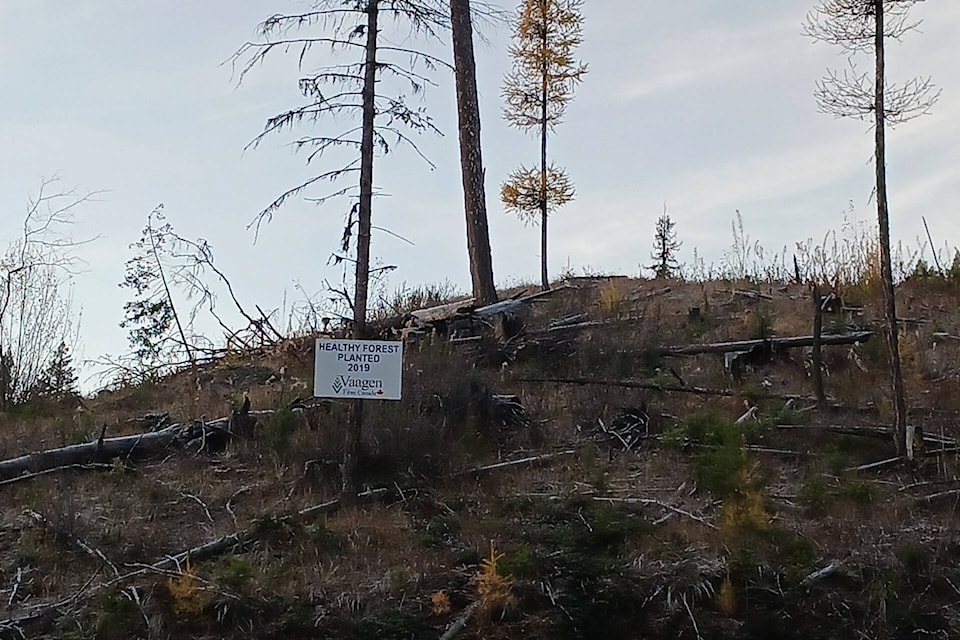Eli Pivnick
Focus on Climate
The idea that clear-cuts help stop forest fires is a myth.
That is the conclusion of a number of recent studies in the western U.S. Clear-cuts provide an area hotter and drier than the surrounding forests in fire season.
Without trees, clear-cuts have no wind breaks, which allow wind speeds to increase. Clear-cut logging tends to spread invasive grasses, which are flammable. In the first several years after logging, fires in a clear cut will burn hotter and travel faster than in the surrounding forest.
In the western U.S., forested areas around a community are some times clear-cut to reduce fire risk. This is termed “thinning.” However, instead of reducing fire risks to communities, this actually increases it. One notorious example is the Camp Fire (named after Camp Creek Road) which destroyed the town of Paradise, CA., in 2018 and killed 85 residents. The forested area around Paradise had previously been “thinned.”
No forest treatment more than 30 metres from a dwelling has been shown to reduce fire risk.
Within 30 metres of a home, Fire Smart BC has specific recommendations.
An additional rationale for clear-cuts is “salvage logging,” to salvage timber after forest fires or insect infestation, but before dead trees decay. It also reduces the potential for dead trees to act as a reservoir for disease and pests.
But dead trees, whether standing or downed, contain significant quantities of moisture and are less susceptible to fire than a clear-cut.
As well, natural reforestation usually happens more quickly in a forest following insect damage or fire, compared to reforestation of a similar forest following salvage logging and replanting.
Fire or insect damage creates unique habitats. Wood-boring insects and some woodpecker species are adapted to exploit dead trees, especially after fire, which in turn create nesting cavities for many species of nesting birds.
A greatly increased rodent population will move into a recently damaged forest because many flowering plants flourish when the tree canopy is damaged or removed. High rodent numbers attract predators such as foxes, weasels, martens, owls, and hawks. Logging removes the dead trees and compacts the soil reducing humidity. Tree planting after salvage logging is less successful than undisturbed natural regrowth.
Major natural disturbances generate diversity of tree species and ages because the disturbance is never distributed evenly, creating many more habitats and affording more resilience to future insect attacks and fires. A damaged forest still can function somewhat to intercept rain and snow through absorption in the soil, and water being held back by the roots, allowing water purification and reducing flood risks. Salvage logging reduces this capacity.
Forest fires themselves only release an average of three per cent of the carbon stored in a forest.
However, clear cutting can release 85 per cent of the stored carbon: 46 per cent left in the field which are burned or decay; 22 per cent waste in the lumber mill which is often burned; and the transport process burns in fossil fuels the equivalent of another 17 per cent. In a burned forest which is left alone, the trees will also decay but more slowly, at the same time sheltering and feeding the renewed growing forest.
For biodiversity, climate, and fire resistance, clear-cut logging needs to be greatly reduced.
Eli Pivnick is with the North Okanagan chapter of Climate Action Now!
READ MORE: Tolko Lavington mill back to full operations
READ MORE: Saving Interior B.C. primary forests: Choosing ecosystem over economics
